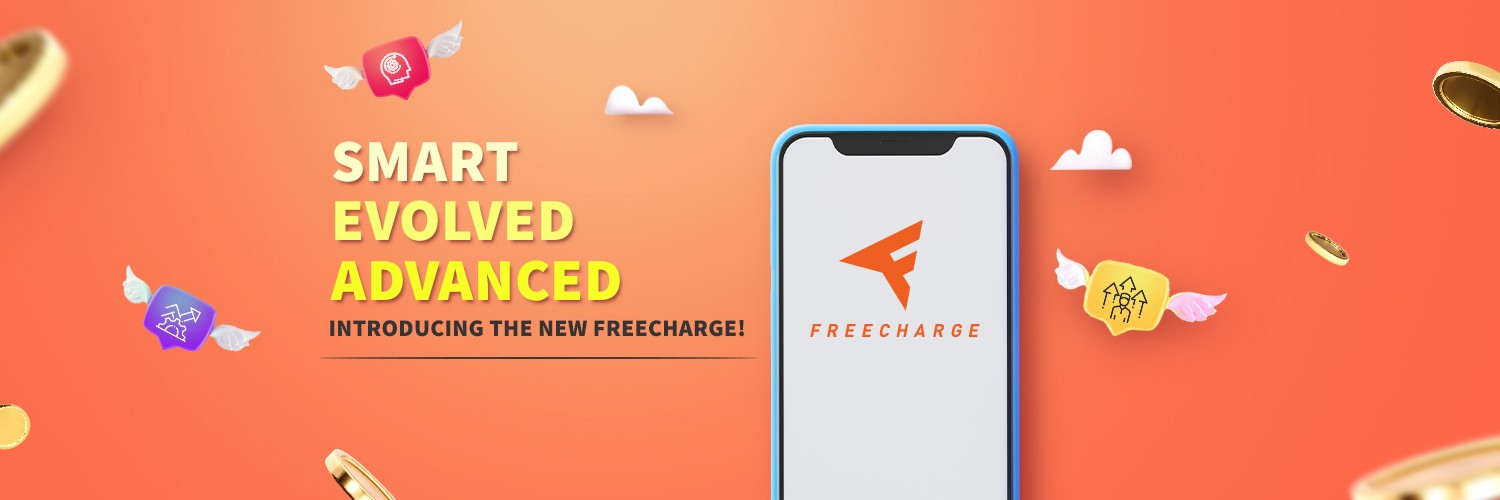

How Freecharge Enhances Productivity and Innovation with Tableau
30% increase in credit card customers as a result of a reduction in customer journey abandonment rates
Indirect efficiency gains of up to 80% related to credit card solution
Faster resolution of product issues, helping to improve customer satisfaction
Freecharge is one of India’s most popular platforms for online recharge, bill payment, investment, and other financial services. The digital payments company is a subsidiary of Axis Bank which is the third largest private sector bank in India.
In December 2019, Freecharge and Axis Bank created the Digital Business And Transformation team (DBAT) to lead innovation initiatives for both organizations and transform Freecharge into a digital bank. The team has achieved a number of major milestones including the launch of LEAP, a fully digital savings account and Axis Bank’s first application to be hosted completely on the cloud.
The DBAT team has also set up a data lab to derive value from the massive amount of data created by LEAP and other new digital products. Tableau makes it easy for product owners and other business users to extract actionable insights from the data, ultimately helping them improve product performance and customer satisfaction.
Move to the cloud improves efficiency of data analytics
DBAT’s data lab has brought together its data science and data engineering teams so they can better collaborate on data initiatives. Their first priority was to set up a data platform that would speed up data analytics and help them quickly push insights out to the business. “We previously pushed our data from the cloud into on-premise systems to analyze and share it with the business and there were always challenges with the data flow. So we thought why not find a solution that would allow us to do everything on the cloud and that’s where our story with Tableau started,” said Sanjay Jain, Chief Technology & Product Officer - DBAT, Freecharge.
Tableau has now become a single source of truth for all stakeholders, replacing spreadsheets with near real-time data they can access directly to inform decisions. Tableau connects directly with Amazon DocumentDB to ingest the data needed to create and refresh dashboards. The key dashboards established to date provide insights into the performance and adoption of Freecharge and Axis Bank products. Access to dashboards is governed using role-based access control, ensuring that data is protected and only available to those who need it.
The business previously had to wait up to 24 hours for data whereas they can now access it at any time and quickly address any issues they see. It means that problems are often fixed before they impact our customers.
Deeper performance insights drive product enhancement and adoption
DBAT’s data lab has leveraged Tableau to provide the business with more granular information on the performance of digital products. For example, new dashboards track the account opening journey for the LEAP digital savings account and help the business understand customer demographics such as geographic location. The business can also identify when potential customers drop out of the onboarding journey which helps to highlight any barriers to conversion.
To combat fraud, the data lab has also developed a machine learning (ML) that detects when new users may be fake and require additional identification checks. Tableau will be used to test the model before it goes live and will be used on an ongoing basis to visualize the outputs from the model.

Additional dashboards help Freecharge and Axis Bank track the performance of bill pay and credit card solutions and ensure the successful completion of transactions. For example, they can track KPIs such as total payments received and the number of successful or failed payments.
Leveraging its data in this way has resulted in significant benefits, including a 30% increase in credit card customers as a result of a reduction in customer journey abandonment rates. The business has also experienced indirect efficiency gains of up to 80% related to credit cards. These efficiency gains have resulted from time saved on activities such as issues monitoring and resolution.
Additional benefits include an up to 90% reduction in effort spent on managing data manually and an up to 20% improvement in the business’ ability to optimize marketing campaigns based on business intelligence. It has also saved up to 40 hours a month by automating the daily funnel charts used to track the performance of LEAP. This is in addition to time saved on other processes and dashboards and has helped to reduce business dependency on traditional data teams.
Business intelligence is an important practice in the digital transformation journey and Tableau has empowered the product team and stakeholders with data at their fingertips to make more informed decisions. Tableau has also helped to offload the burden of data management, thus letting the development team focus more on core development.
Tableau and Slack boost team agility and innovation
DBAT's ability to monitor the performance and adoption of products in near real-time supports the team’s agile way of working which is also underpinned by Slack. The secure channel-based messaging platform streamlines communication for Freecharge and aligns developers, design, product, project, data science and QA teams. Supported by a single collaboration hub, teams can ship quality code faster, improve service reliability, and stay engaged in an increasingly remote workplace.
Slack is also how the data lab communicates and collaborates with the technology team to build new dashboards.
In the future, the data lab plans to rollout Einstein Discovery to help business users extract predictions and recommendations from data. It also plans to make data searchable by keywords.
There are also plans to deploy Tableau more broadly and provide executives and teams like sales and HR with data to make smarter decisions.
“We’re democratizing data and providing the business with a level of visibility it’s never had before. It will be a game changer for teams like our sales force and help us to continually enhance the customer experience,” said Jain.
In the past, it took us months or years to launch new products whereas we can now launch MVPs in just weeks or months depending on the complexities of the products. We also have the data to know what’s working and what’s not.